Why the floppy disk may never die
The age-old floppy disk storage medium is still in demand despite continued attempts to kill it
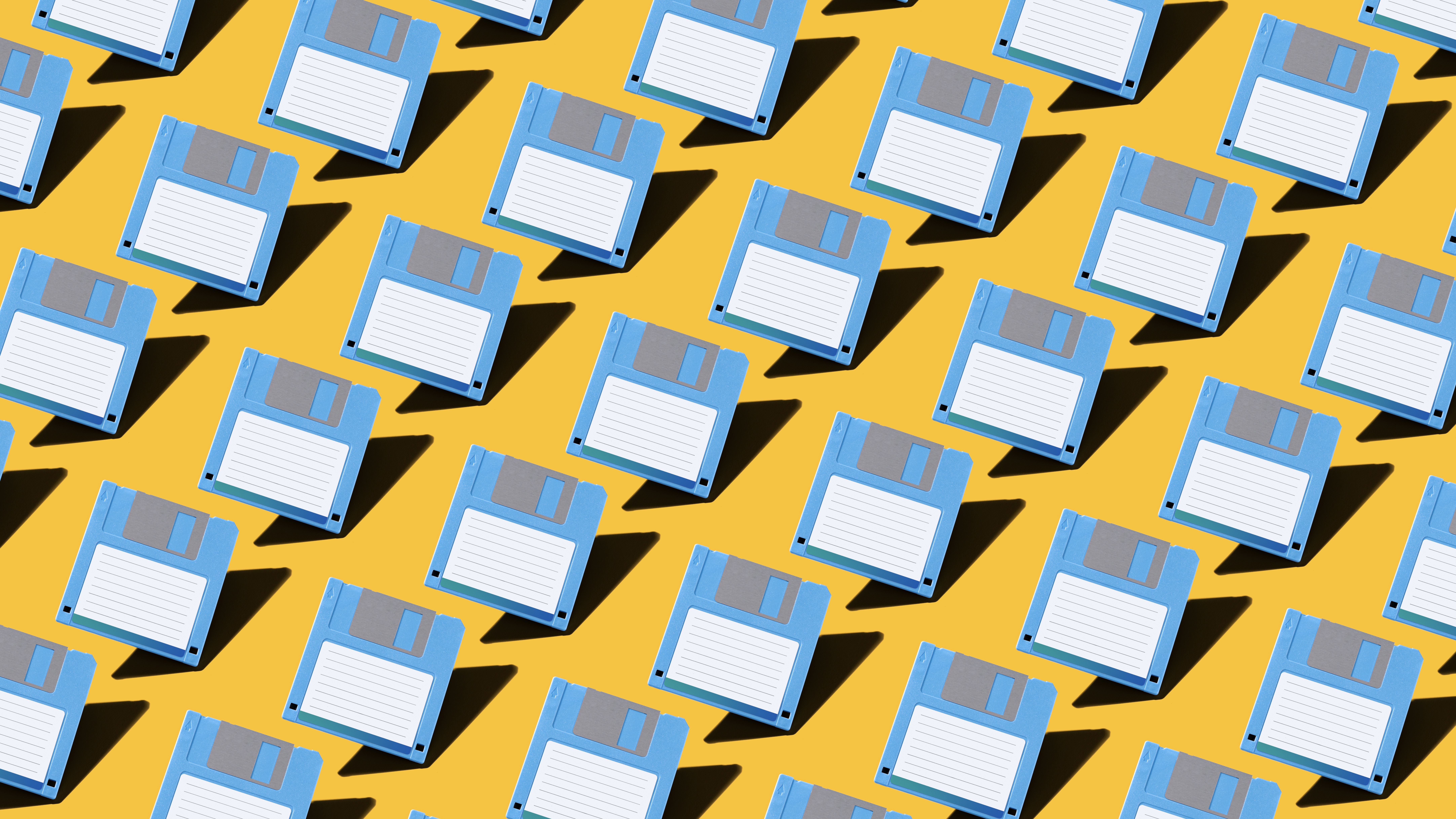
Popular perception suggests Japan is at the cutting edge of consumer electronics, robotics and aerospace research. It’s also a country where you can whiz around at high speed on a bullet train and then sit on a toilet that checks your blood pressure before cleaning the bowl.
In that sense, you’d think the nation would have no trouble letting go of the past. So when Japan’s government ministers recently called time on floppy disks, the world was surprised. Surely they had disappeared from the land of the rising sun many moons ago?
As it turned out, the country has more than 1,900 regulations determining how data should be shared, and loads of them still require the use of floppy disks, as IT Pro has covered in the recent past. It led a perplexed Tara Kono, Japan’s Minister of Digital Affairs to enquire: “Where does one even buy a floppy disk these days?”. But it would seem that Japan is not alone in having a long-term love of this particular storage medium.
The retro dream is being kept alive today
Rewind to the mid-1990s and it’s fair to say that everyone used them. The floppy disk was at its peak with more than five billion being sold worldwide and barely an office worker or student would leave the house without one in their pocket. Yet, in 1998, Apple announced it was ditching the floppy disk drive when it released the iMac G3. The writing was on the wall from that moment on.
By March 2011, just 12 million 3.5in floppy disks were being sold each year in Japan, with CDs, USB sticks and the cloud rising in popularity. Sony, which had a 70% market share, then ceased sales of the format it had introduced in 1982. It was at that stage, however, that a former tax lawyer called Tom Persky snapped up a couple of million disks, boosting a floppy disk collection that was already sizeable. He wanted to continue selling them and today he has about 500,000 left, proclaiming himself to be the “last man standing in the floppy disk business”.
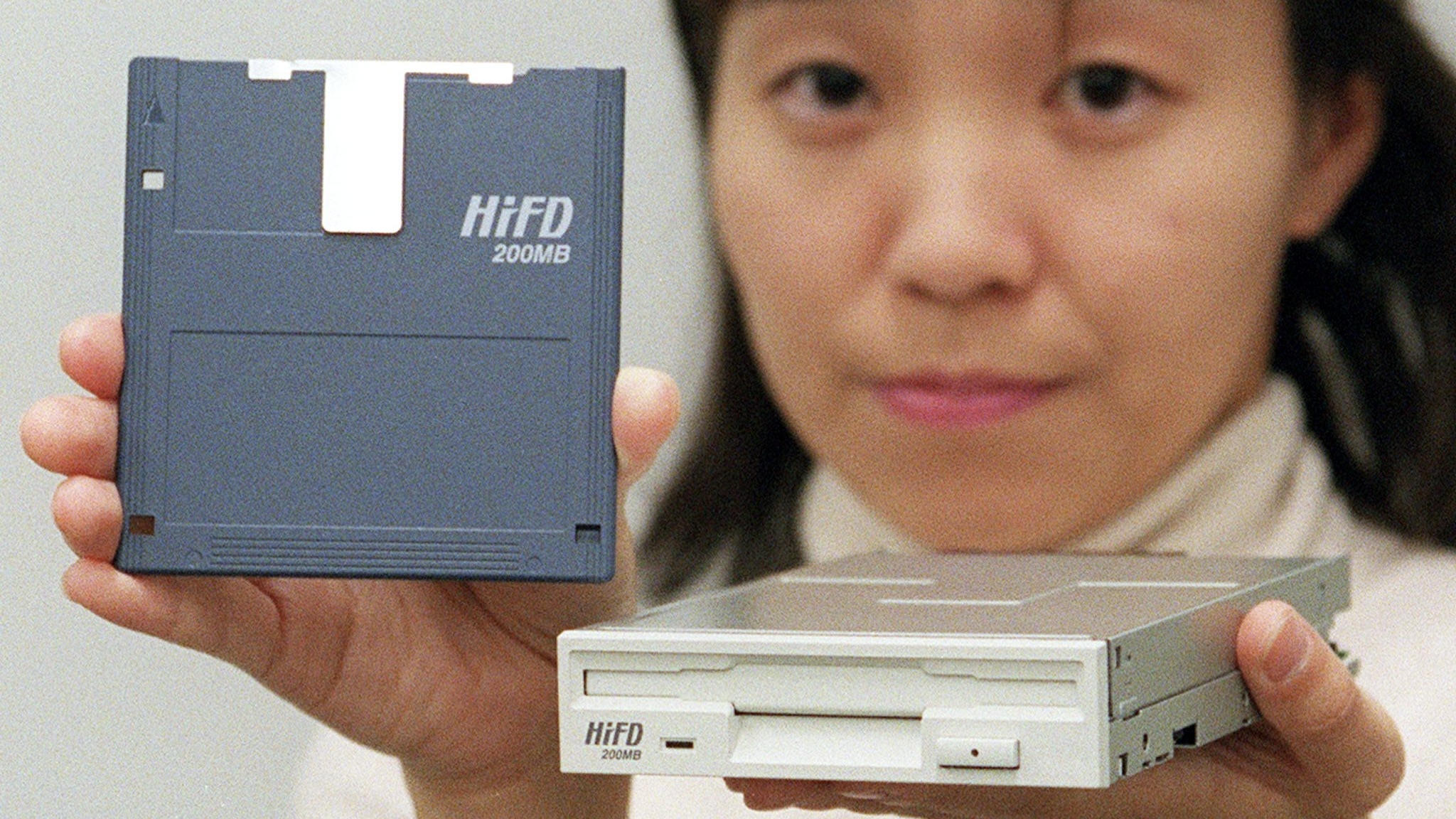
A Sony employee shows off a 3.5in floppy disk in 1997 with a 200MB storage capacity
Persky’s floppies are stored in a warehouse in Lake Forest, California. As well as 3.5in disks, Persky also has 5.25in and 8in varieties and they form the stock for a business called floppydisk.com which has been around for more 20 years. Each day, he sells roughly 500 disks. It’s a far cry from sales of even 2011, but still perhaps surprising. “It’s a big world out there, man,” the 73-year-old says, when confronted with astonishment at the numbers. “People want floppy disks and I probably get about 20 orders for blank discs each day.”
Get the ITPro daily newsletter
Sign up today and you will receive a free copy of our Future Focus 2025 report - the leading guidance on AI, cybersecurity and other IT challenges as per 700+ senior executives
Floppy disks are a flexible medium
There are many reasons why floppy disks are still being used. Persky points to them being a storage medium for many healthcare computing devices, for instance, and they’re also used in avionics. The US Defense Department had stashes as recently as 2019 despite their limited capacity. Indeed, the boo Floppy Disk Fever: The Curious Afterlives Of A Flexible Medium includes interviews with people who continue to use them whether for archiving or distributing films. Persky also loves Nick Gentry’s disk-based artworks.
“I’ve never had a Japanese government customer,” Persky continues. “But I do have Japanese customers who are preserving old games or using the disks for music devices or pianos. I’ve also had governments contact me around the world, mostly in the US. I always ask people what they intend to use the floppy disks for because I want to be able to sell more of them.”
In general, customers fall into one of three categories. There are hobbyists trying to preserve old mediums or old games and software. Then there’s a group of industrial users who bought machines that require floppies to get information in and out – think embroidery, with the machines designed to last 50 years. Finally, there are people who want floppy disks for art projects or other promotions.
How reliable are floppy disks?
RELATED RESOURCE
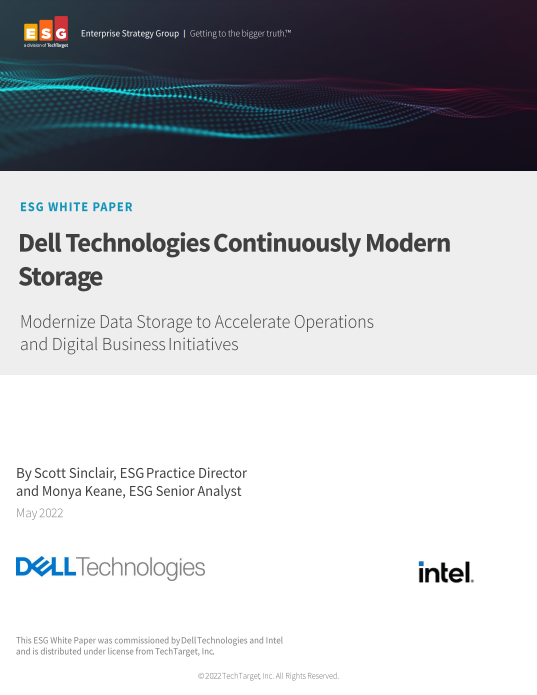
Continuously modernise storage
Modernise data storage to accelerate operations and digital business initiatives
There are some obvious questions to ask given the market is so reliant on second-hand disks. For starters, how long do floppy disks actually last? Are you at high risk of buying a dud? Is there a distinct advantage in buying “new old stock”? After all, if you’re buying a blank then you’re likely going to be entrusting it with your data. You don’t want to lose what you save. You need to have trust.
As expected, the answers to these questions are far from clear-cut. You could easily grab a floppy from 30 years ago and load it without a hitch on a retro computer. In the experience of Tokyo official Yoichi Ono, floppy disks are reliable. They “almost never broke or lost data,” he told Nikkei Asia in 2021.
But, according to a 2005 report in the New York Times, 3.5in floppies were estimated to have a lifespan of just ten years so long as they were handled and stored with care. Christian Bartsch, who used to work for Cachet Software, maker of the infamous Amiga disk-copying program X-Copy, also points to issues.
Among the most notable is the deterioration of the data itself thanks to bit rot and the repelling of densely clustered magnetic charges. “The magnetic particles realign themselves to reach equilibrium,” Bartsch says. “This is the so-called digital cliff. Once too much data has become ambiguous, it’s impossible to determine its original state.”

Tara Kono, Japan’s Minister of Digital Affairs, has waged war on outdated technologies like floppy disks and fax machines
Persky has an immediate response. “Nothing’s forever, right? People think CDs last forever but they don’t and, if you’re comparing USBs and floppy disks, I’d take a floppy every time,” he says. “It’s not uncommon for me to have a USB flash drive fail one time out of 20 or 30 but that’s not going to happen with a floppy disk.”
So why are experiences so varied? It would seem that the type of disk being used could make a difference with anecdotal evidence suggesting 5.25in disks are relatively robust. “We run a service where we take information off a floppy disk and send it to people, and there was a government entity that stored information on 5.25in floppy disks,” Persky says. “It sent 130 5.25in floppy disks written in 1990 and we were able to recover all the data from 127 of them. I defy you to do that with a USB drive, CD or DVD.”
Reviving data from a floppy disk
If you’re worried that you may lose any data stored on a stash of floppy disks you’ve left in a cupboard, you may want to go and retrieve them as soon as possible. What you do then depends on the disk type and format and how you want to make use of those disks.
Perhaps the most straightforward way to view a disk’s content is to run it via its original retro hardware. In this situation, you could take an Amiga-formatted 3.5in floppy and insert it into an Amiga computer. So long as the drive is working and the disk hasn’t corrupted, you should be successful. Another way is to grab a working floppy disk drive and connect it to a modern computer. Windows 10 and Windows 11 support the floppy disk format and you can buy inexpensive USB 3.5in floppy drives online.
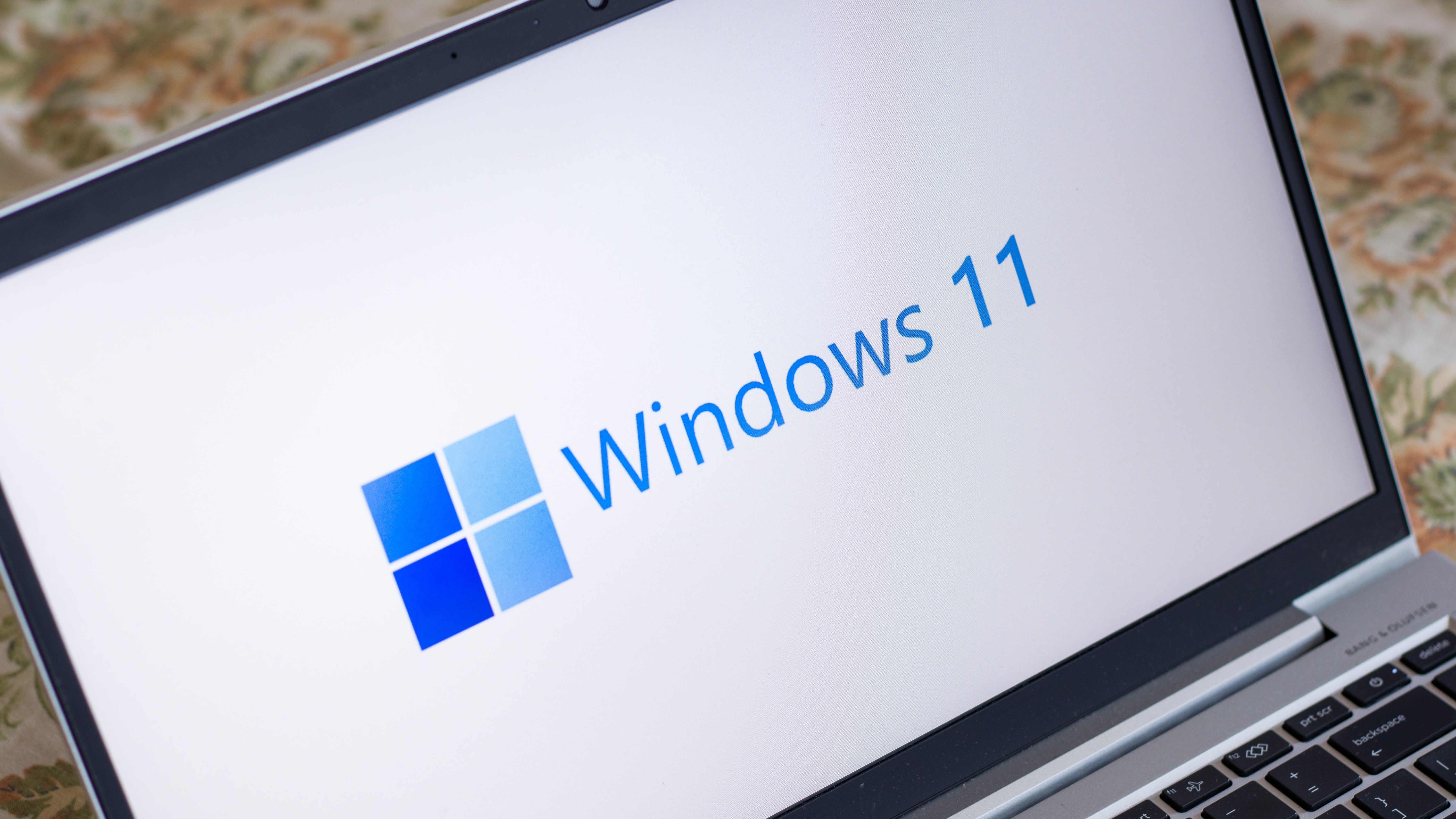
Windows 11 supports the floppy disk format, meaning you can plug a 3.5in floppy drive and begin backing up your data
Simply plug one in and insert a PC-formatted 3.5in floppy disk and you will be able to access its files, perhaps retrieving those old WordPerfect documents that you had long forgotten about (rename the .wpd files to .doc and launch them in Word). Other files could be converted using zamzar.com or viewed by running them via the x86 emulator DOSBox.
The situation is trickier regarding 5.25in or 3in floppy drives, however. You can’t buy USB versions of these so you’re going to have to find a used device. Trouble is, connecting these drives isn’t straightforward so, if you’ve got a bunch of Commodore 64 or Amstrad CPC files on 5.25in or 3in discs, for instance, then you’re going to have to delve a little deeper both in terms of the process involved and your pocket.
RELATED RESOURCE

Modern storage: The answer to multi-cloud complexity
Innovative organisations need innovative storage to manage and leverage their data no matter where it lives
One thing’s for sure, if you have 3.5in floppies containing data created on an Amiga, Atari ST, Archimedes or myriad other retro machines you can’t just insert the disk into a USB drive and expect a PC or Mac to recognise the files. The trick is to sit a device between the drive and your computer that will help make sense of the disk’s content.
BBC-FDC is one such device – a floppy disk interface that not only allows a drive to be connected to Raspberry Pi but controls it so that retro-formats can be read. Then there are floppy disk controllers for PC and Mac that are popular with archivists. It’s often a matter of plugging the board and drive into a computer and running software to create disk images. The resulting files can then be run via retro emulators on a modern machine.
What you then do with the original disks afterwards is up to you. As Persky suggests, you’re likely to have few problems selling them. Just don’t offer them to the Japanese government. Kono is determined to stamp out their use in Japan and he’s not going to stop there. “I’m looking to get rid of the fax machine too,” he said. “I still plan to do that.”
-
 Bigger salaries, more burnout: Is the CISO role in crisis?
Bigger salaries, more burnout: Is the CISO role in crisis?In-depth CISOs are more stressed than ever before – but why is this and what can be done?
By Kate O'Flaherty Published
-
 Cheap cyber crime kits can be bought on the dark web for less than $25
Cheap cyber crime kits can be bought on the dark web for less than $25News Research from NordVPN shows phishing kits are now widely available on the dark web and via messaging apps like Telegram, and are often selling for less than $25.
By Emma Woollacott Published
-
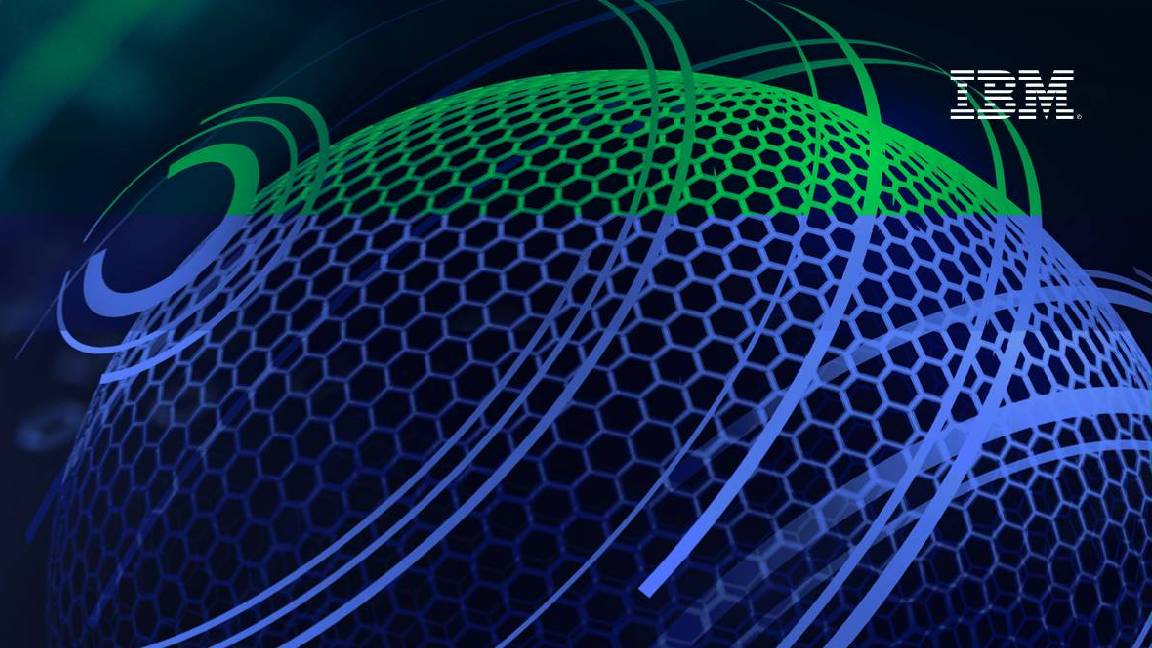 Cyber-resilient data storage for everyone
Cyber-resilient data storage for everyoneWhitepaper Improve cyber resilience and optimize performance
By ITPro Published
-
 Sustainability is more than a flash-in-the-pan topic for the data storage industry
Sustainability is more than a flash-in-the-pan topic for the data storage industryAnalysis Rising energy costs and concerns over the environmental impact of data centers are prompting a shift away from power-hungry disk drives
By Ross Kelly Published
-
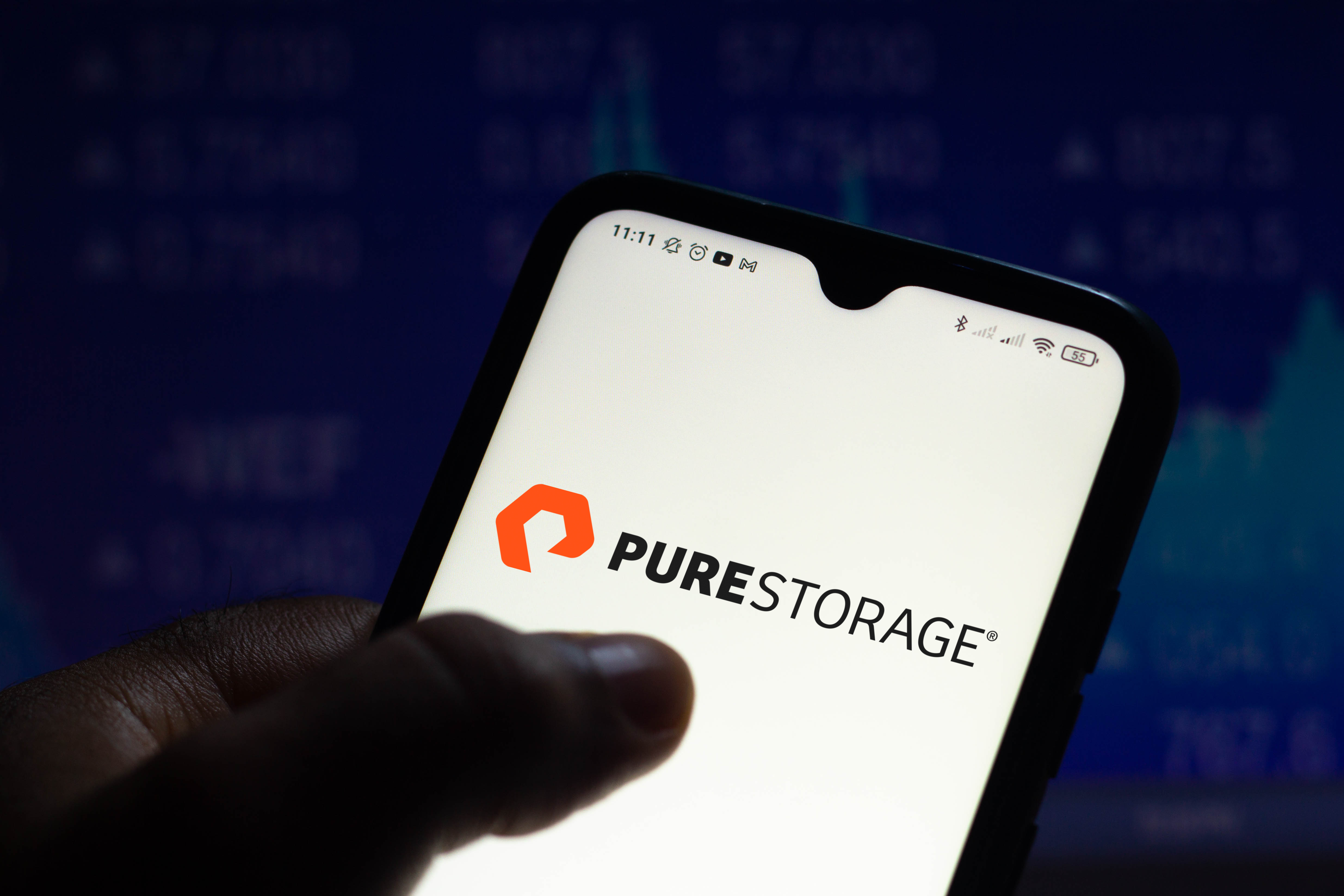 Pure Storage’s FlashArray//E launch offers “multi-year advantage” with performance and energy efficiency boosts
Pure Storage’s FlashArray//E launch offers “multi-year advantage” with performance and energy efficiency boostsNews The FlashArray lead at Pure Storage, said the launch will act as a “key differentiator” for the company in the storage space
By Ross Kelly Published
-
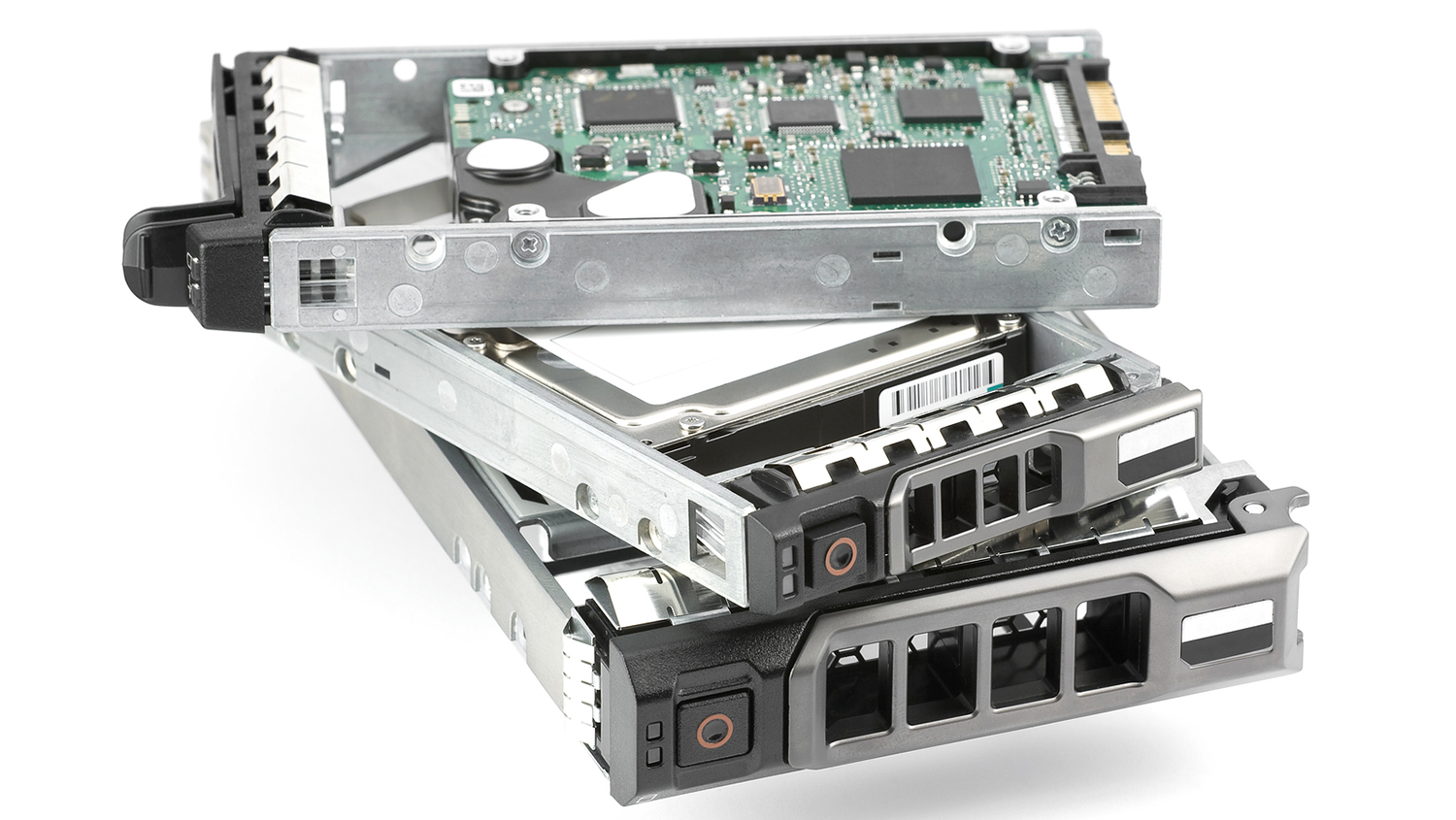 10 things to consider when buying an external hard disk-based storage device
10 things to consider when buying an external hard disk-based storage deviceIn-depth Find the right storage solution for you with this handy guide
By Désiré Athow Published
-
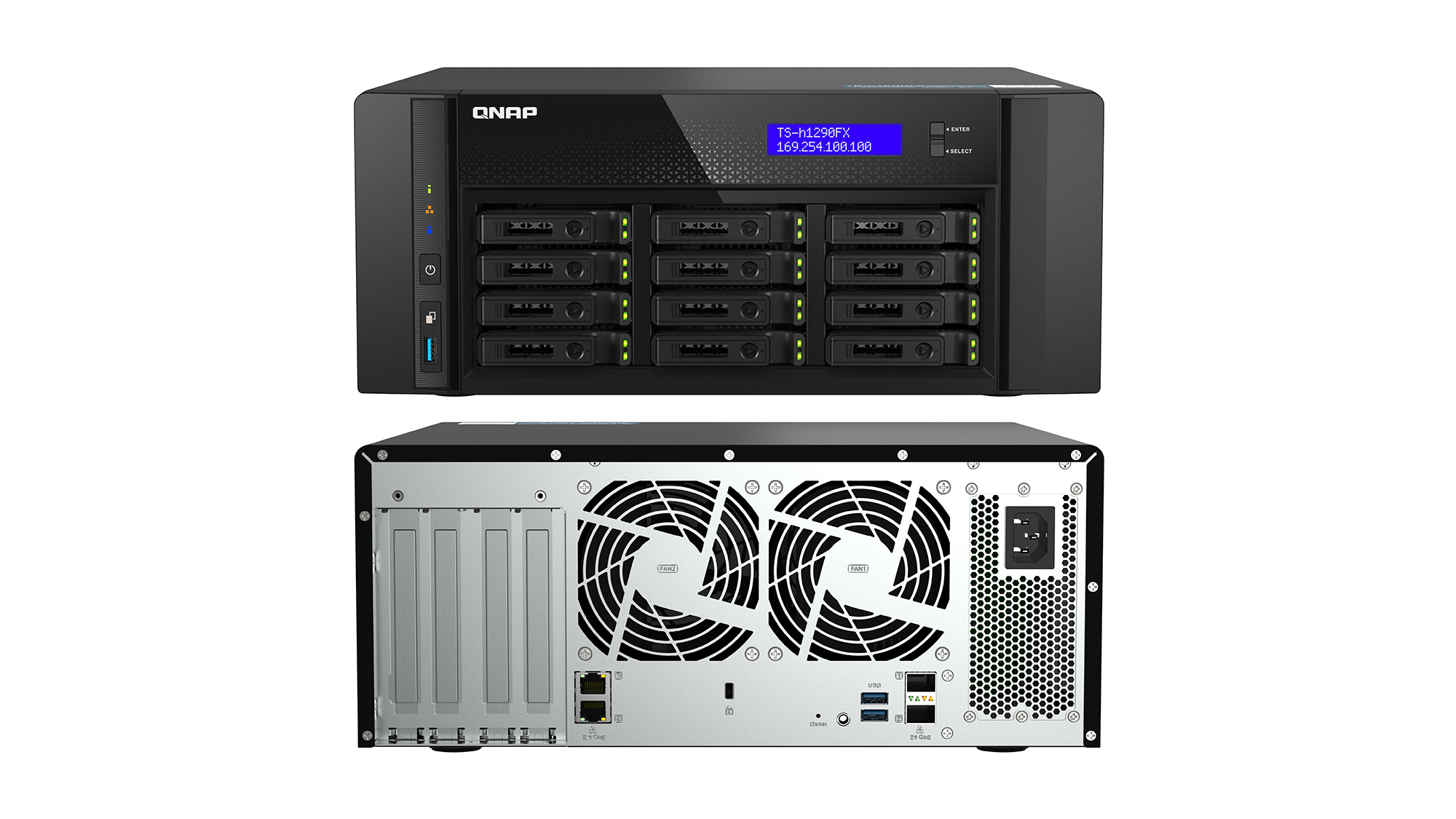
 Qnap TS-h1290FX review: Flashy desktop storage
Qnap TS-h1290FX review: Flashy desktop storageReviews A sleek and affordable desktop NVMe all-Flash array that delivers great 25GbE performance
By Dave Mitchell Published
-
 Intel kills off Optane Memory business with $559m loss
Intel kills off Optane Memory business with $559m lossNews Optane is now one of six divisions the company has ended under Gelsinger's leadership
By Bobby Hellard Published
-
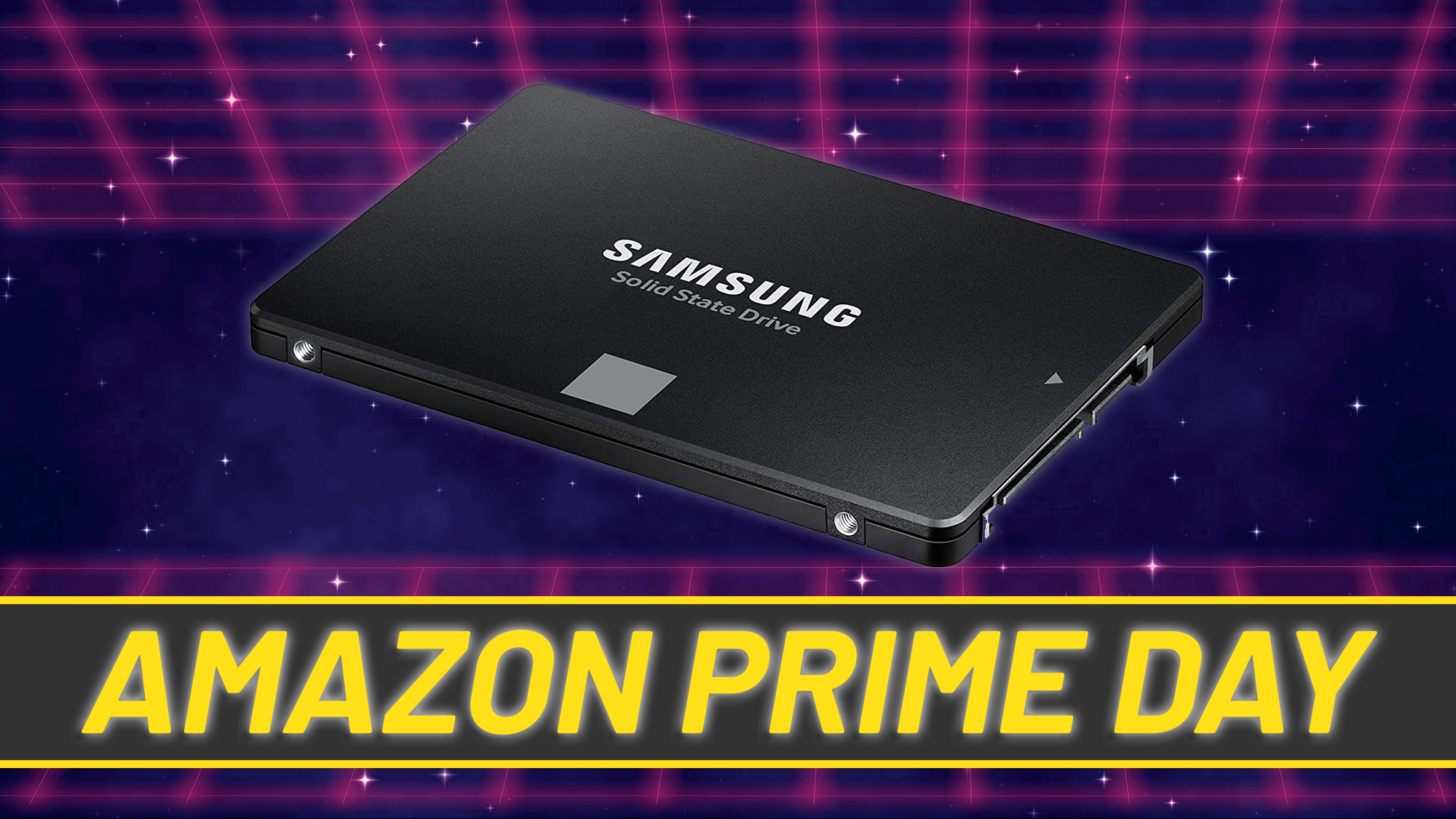 The best Amazon Prime Day storage deals: Extra capacity at rock-bottom prices
The best Amazon Prime Day storage deals: Extra capacity at rock-bottom pricesBest Add some extra headroom to your disk space
By Bobby Hellard Published
-
 The Total Economic Impact™ Of IBM FlashSystem
The Total Economic Impact™ Of IBM FlashSystemWhitepaper Cost savings and business benefits enabled by FlashSystem
By ITPro Published